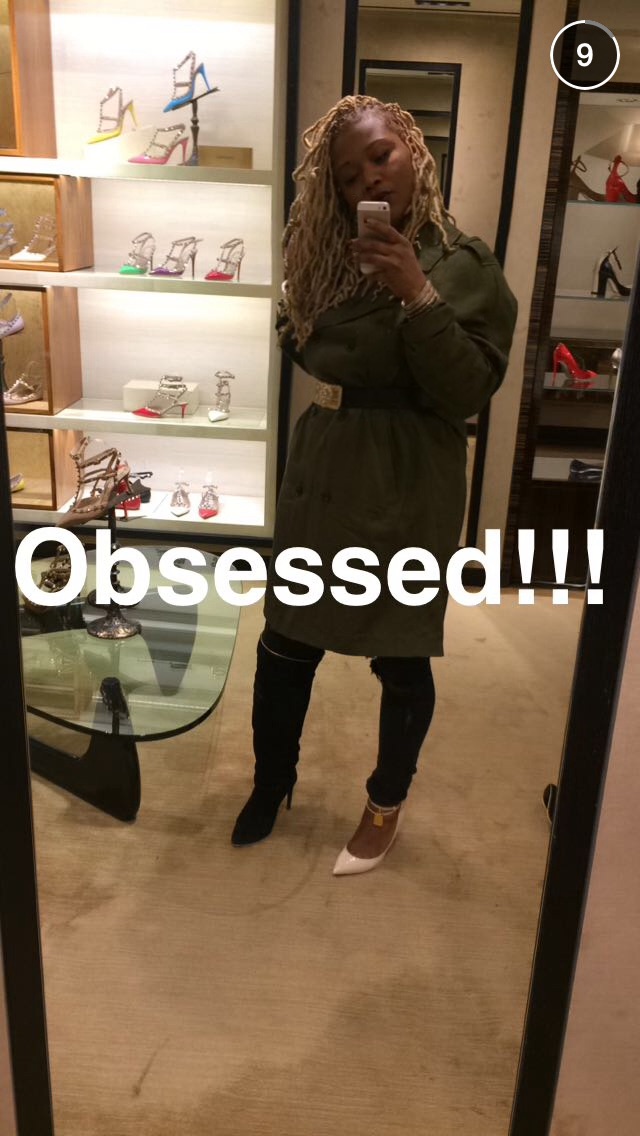Facebook
Arguably the most popular social media platform there is, it is not always the most effective for big brands. Despite this, the target audience for Facebook is 15-30 year olds who are likely to be logging in daily. Facebook allows you to post text, images and videos which can be commented on, liked and shared. An example of a post Topshop might do would be an outfit post with links to the online store, to encourage people to buy.
Twitter
On Twitter, uses can 'Follow' their favourite brands, and Topshop has a massive 1.2 million followers. Again, they are most likely to post on trend items and pieces that followers can then retweet and 'like'.
Possibly the most effective way of communicating on Twitter is though #hashtags. For example, if Topshop was promoting their Autumn/Winter 15 collection, they might develop the hashtag '#TopshopAW15'.
Also, brands can collaborate with celebrities or bloggers and get them to post on their behalf, which then exposes the celebrity or bloggers audience to the Topshop range too.
Snapchat
Snapchat is an up and coming social media platform which brands are now frequently use to communicate with customers. Snapchat is very visual in the way that it uses video, which can be eye catching. It has a certain mystery factor to it that makes the receiver think that they are getting a 'sneak peak'. Snapchat is a cheaper way of advertising products to an engaged audience, and
with most Snapchat users being aged 13-34, this is almost perfect for Topshop.
Topshop Snapchat example
Pinterest
Pinterest is a free social media website operating both online and mobile.
The idea behind it is that it is a 'scrapbook' of ideas where users can 'pin' things that inspire them. Users can follow other users that they are interested in, and when the brand posts a picture, for example, if it's Topshop, users can 'pin' a picture of an item they like or want to buy, which would generate more sales for the brand.
Pinterest is particularly good for Topshop because users can create outfit ideas which other users can see and pin. Also because 85% of users are female and this is Topshop's largest market.
Another interesting stat is that Pinterest users tend to be highly based online, with 93% of users shopping online in the last six months. This is good for Topshop because their website is a huge part of where they sell their items.
Women’s
fashion is the sixth most popular category for women’s pins on Pinterest








